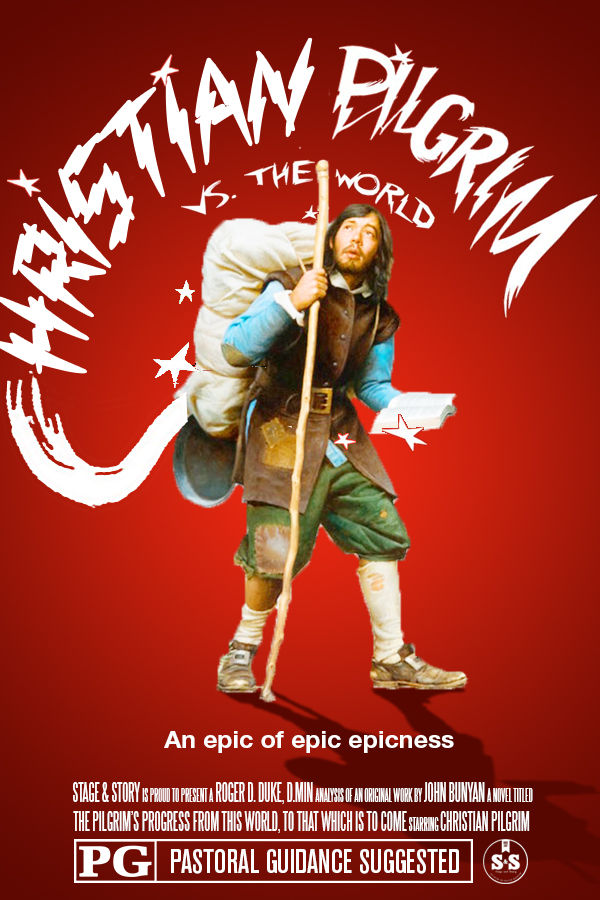
Dane Bundy
Apr 143 min read
Recent Posts

Archive
Tags
Updated: Feb 2, 2021

Editor's Note: This is the first post in a series on John Bunyan's Pilgrim's Progress.

Dr. Roger D. Duke is an advisory board member and the scholar-in-residence at Stage & Story. Dr. Duke is an ordained Baptist minister and has taught at the college and graduate school levels for over 20 years. Dr. Duke holds graduate degrees from The University of the South’s School of Theology at Sewanee, TN; The Southern Baptist Theological Seminary; and Harding University’s Graduate School of Religion. He has written or contributed to more than ten volumes (including works on John Bunyan) with the latest volume scheduled to be released in 2018. Visit his website at www.drrogerdduke.com. His published work can be found on his website and his Amazon Author's Page. He has been happily married to Linda Young Duke for nearly 44 years. They have three adult children and four robust grandsons.
